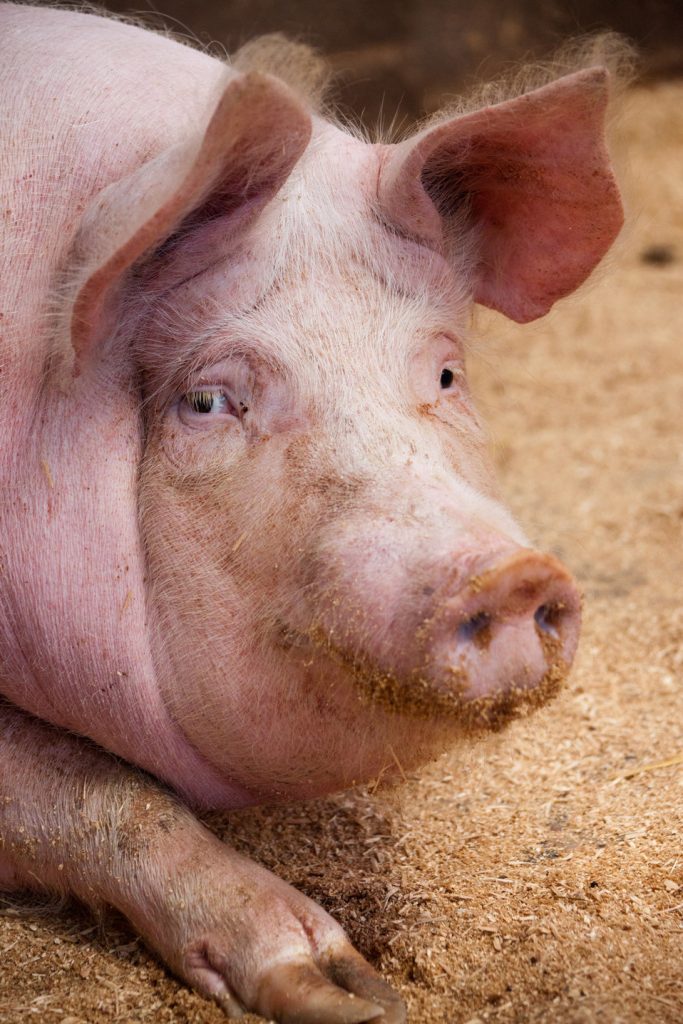
An outbreak of African swine fever has decimated the Chinese pig population and is spreading across Asia. The World Organization of Animal Health now believes that the disease has spread to more than 50 countries. Now, many families are finding pork unaffordable. The outbreak and resulting loss of herds has caused pork prices to nearly double in some areas.
African swine fever is a deadly disease for both domesticated and wild pigs. Pigs that are infected lose their appetite, become lethargic, and become feverish. Near the end of the first week of infection, the pigs begin bleeding throughout the body and in the organs. By the end of the second week, 85 to 95 percent of the pigs die. There is no vaccine or treatment available.
As many as 300 million of China’s pigs have died of the virus or been exterminated since the outbreak began 13 months ago. China’s National Bureau of Statistics says that pork in China now costs nearly 70 percent more than it did a year ago. Pork prices have risen from about 32 yuan ($4.50) per kilogram in 2017 to more than 60 yuan ($8.45) for the same amount now.
The outbreak is showing no signs of dissipating. In the past months, it has spread to Vietnam, Laos and South Korea. The Philippines has confirmed African swine fever in at least seven villages near Manila and East Timor has reported more than 100 cases to the World Organization for Animal Health in the past month.
The American pork industry has started active preparations to respond to a potential domestic outbreak of African swine fever. The virus can remain active for weeks on infected slaughtered meat or cold cuts, on tainted feed, and on animal feed additives. Because there is no cure, preventing an outbreak is of paramount importance. The Agriculture Department’s Animal and Plant Health Inspection Service has conducted several functional exercises and drills to help prepare America’s farmers.
